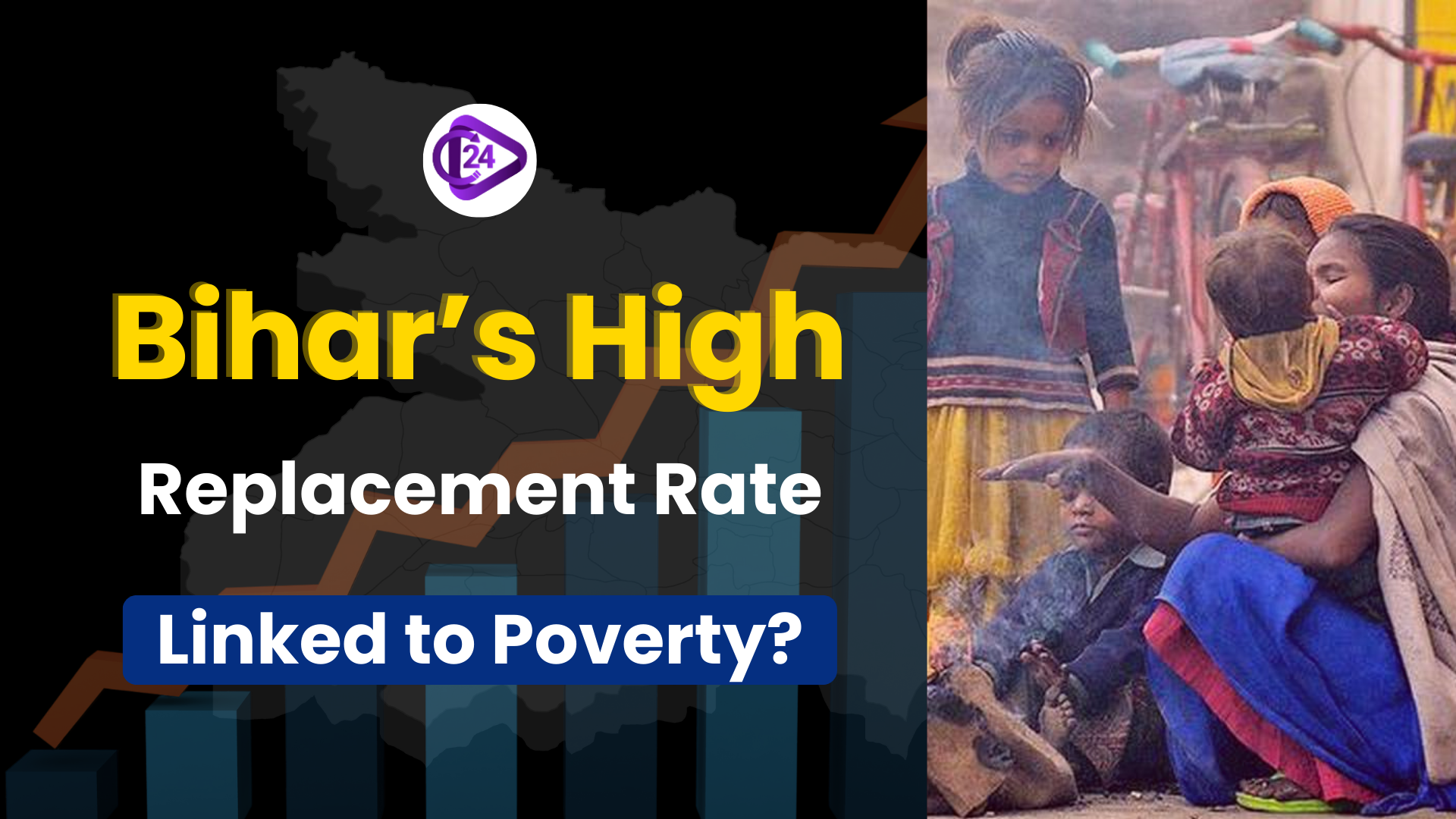
The latest SRS data shows that India is experiencing significant demographic change. While the average number of children per woman in India is now at the replacement level (2.0), Bihar’s rate is much higher at 3.0. The high rate of population growth in Bihar makes one ask, is the issue just poverty-related, or are there other forces, both cultural and economic, affecting it?
Introduction:
-
People in Bihar have an average of 3.0 kids each (TFR for 2021), which is much higher compared to India’s average (2.0), as well as to Delhi and West Bengal (both ~1.4).
-
It brings into question whether the high fertility rates of Bihar can be tied solely to poverty.
Key Points and Analysis
High and Persistent Fertility Rate:
-
There has been little movement in TFR in Bihar, which has remained close to 3.0, and replacement fertility of 2.1 will only be reached by Bihar around the year 2039.
-
The number of infant deaths has gone down (from 42 to 27 out of 1,000 births), women now finish more years at school, but the total fertility rate stays high.
Poverty Linkage is Partial:
-
Even though, in general, more poverty means more children, the area of Bihar has seen its poverty drop but not much change in fertility, according to NITI Aayog’s Multidimensional Poverty Index.
-
It is not only poverty that determines how many children a family has. Culture and the accepted social standards have a major effect on a person’s choice to have children.
Cultural Preferences and Fertility:
-
In Bihar, 50% of women consider an ideal family to be two children, less than the 67% of women who think this elsewhere in India.
-
Many families in farming and landholding professions still prefer having sons and a large family since they are able to provide labor and care for property.
-
Women usually make fertility decisions willfully, influenced by the local culture.
Urban-Rural Disparity and Puzzling Urban High Fertility
-
Bihar’s TFR in urban areas is 2.3, which is much higher than India’s urban average of 1.6, meaning families that live in cities and have more education and income like to have large families.
-
This runs against the common view that urbanization leads to lower fertility.
Role of female education and employment
-
In the year 2011, the figure of female literacy in Bihar was 53%.
-
Learning increases the number of years between births; even so, many women do not freely decide about childbirth.
-
Certain studies have found that many families with a mother-in-law authority often control the access women have to family planning.
Economic and Employment Factors:
-
With so many people looking for jobs and not much industry, Bihar has fewer opportunities for people to make a living.
-
When families are financially unsure, many prefer to have more children as backup support and help.
Political and Demographic Implications:
-
High fertility has resulted in UP, MP, and Bihar making up a bigger share of India’s population than expected.
-
This change in demography will affect how much population each parliamentary constituency has and the amount of resources each state gets after delimitation, potentially causing those with fewer people and families to get less representation and financial support.
-
To correct inequalities among different parts of the population, it is necessary to adjust policies and strengthen democratic equality.
Conclusion:
People in Bihar have more children for several reasons linked to the economy, culture, and society, not just because of poverty. It is important to have policies that support female education, improving their lives, helping them gain different work skills, and reforming society. It is very important to tackle demographic inequality to ensure democracy is open and fair for all.



 Free Bus Schemes Help, But Rural India Pays More to Travel
Free Bus Schemes Help, But Rural India Pays More to Travel Keeladi Controversy-Conflict of Archaeology, Politics and Tamil Heritage
Keeladi Controversy-Conflict of Archaeology, Politics and Tamil Heritage Uttarakhand: A Persistent Hotspot for Helicopter Accidents
Uttarakhand: A Persistent Hotspot for Helicopter Accidents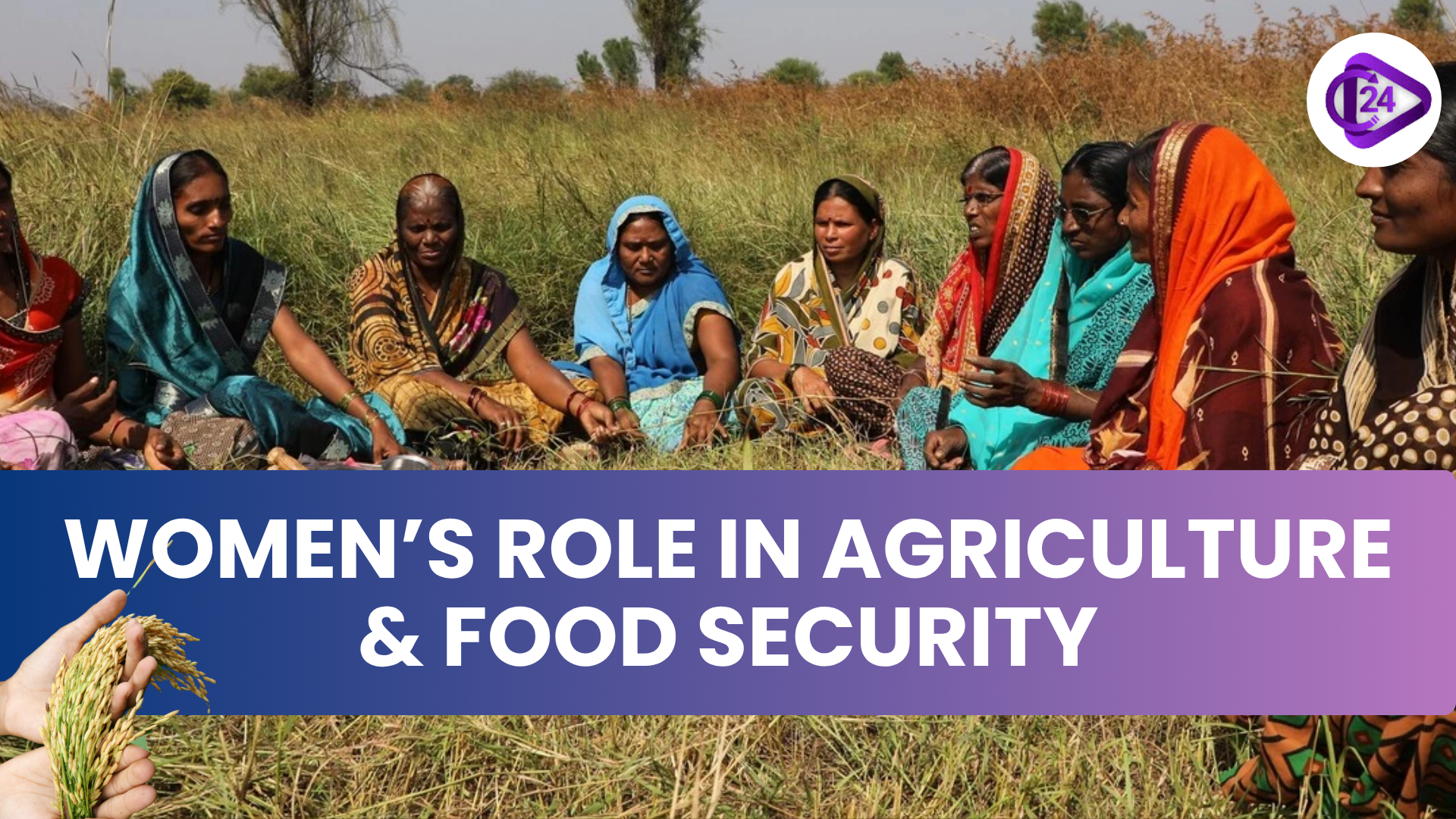 Empowering Women in Agriculture for Food Security
Empowering Women in Agriculture for Food Security Is India the World’s Fourth Largest Economy?
Is India the World’s Fourth Largest Economy?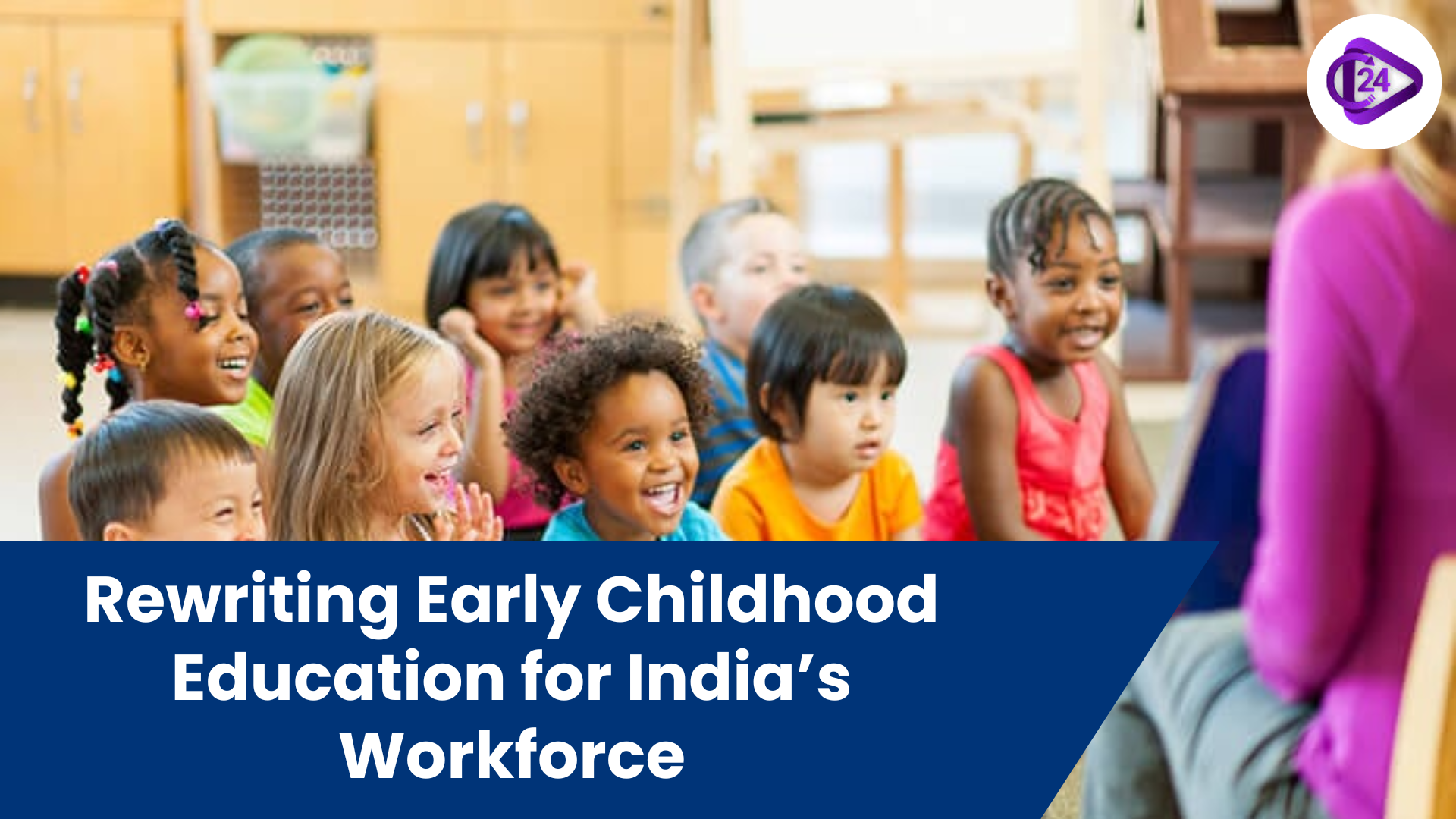 Rewriting the Script of Early Childhood Education: A Key to India’s Future Workforce
Rewriting the Script of Early Childhood Education: A Key to India’s Future Workforce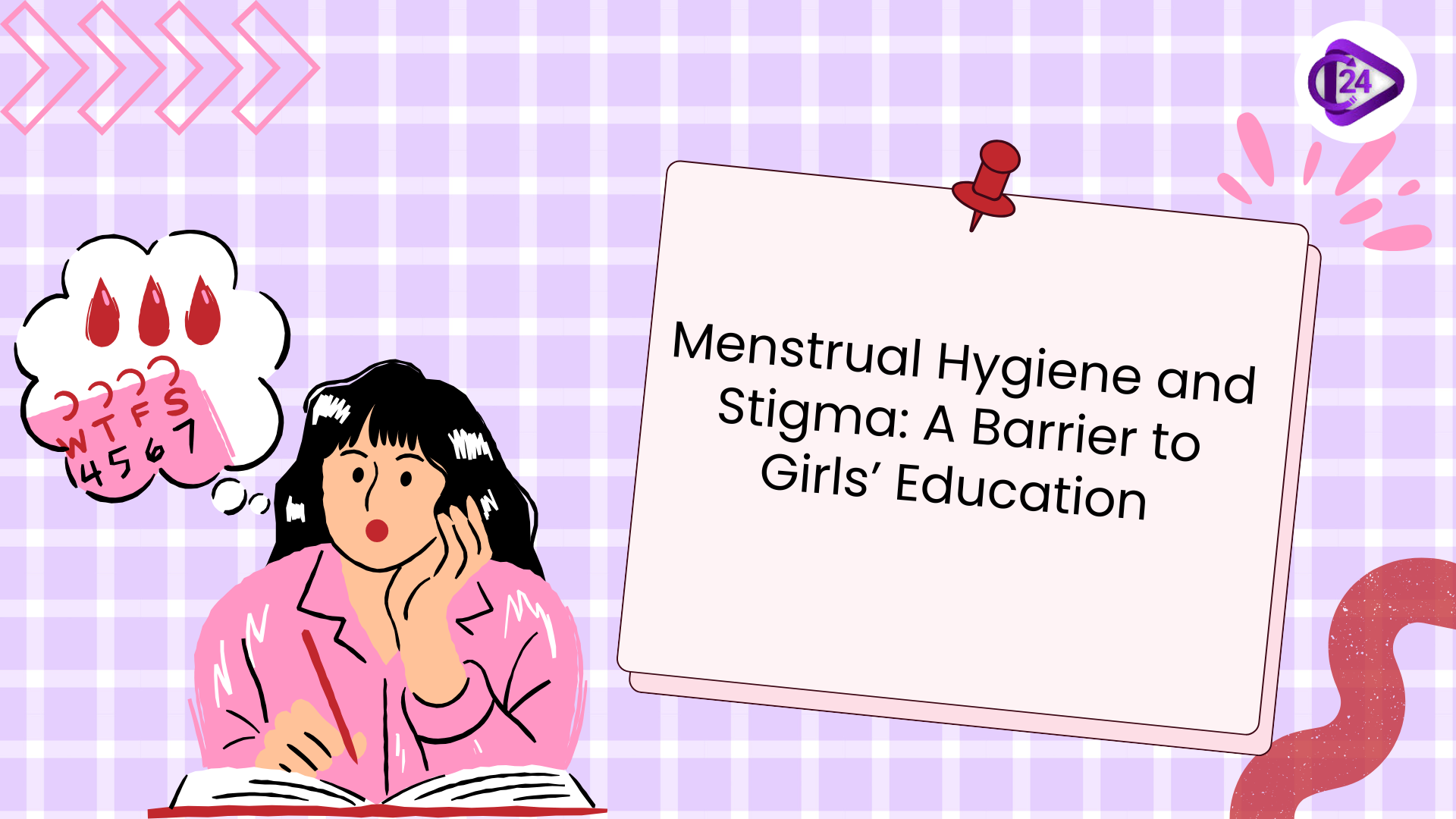 Menstrual Hygiene Issues and Period Stigma: A Barrier to Girls’ Education in India
Menstrual Hygiene Issues and Period Stigma: A Barrier to Girls’ Education in India NEP 2020: Paving the Way for Practical, Pragmatic, and Innovative Education to Enhance Employability
NEP 2020: Paving the Way for Practical, Pragmatic, and Innovative Education to Enhance Employability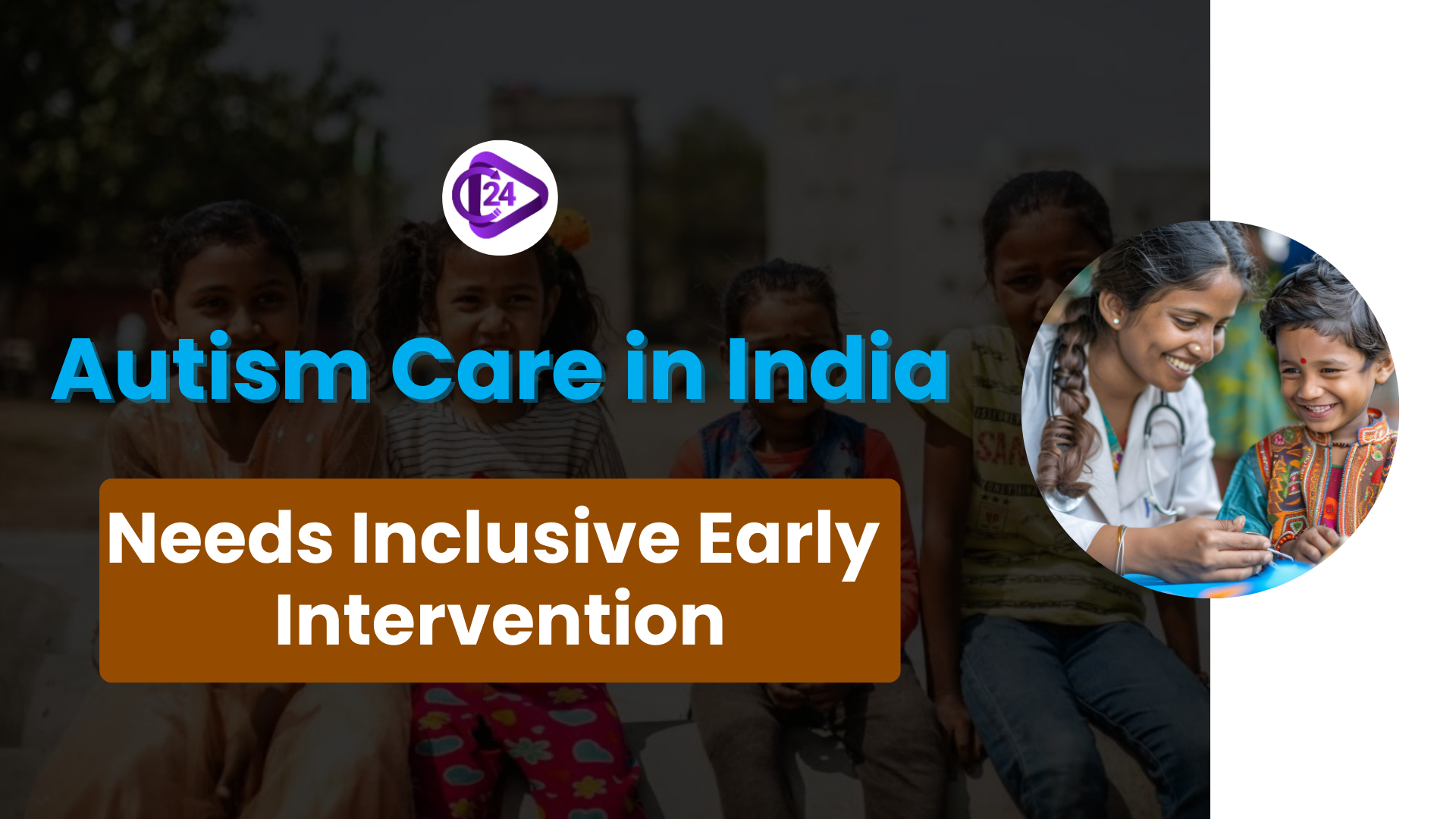 Autism Care in India: A Call for Evidence-Based, Inclusive, and Early Intervention
Autism Care in India: A Call for Evidence-Based, Inclusive, and Early Intervention Why Urban Forests Are Crucial for India's Sustainable Future
Why Urban Forests Are Crucial for India's Sustainable Future






